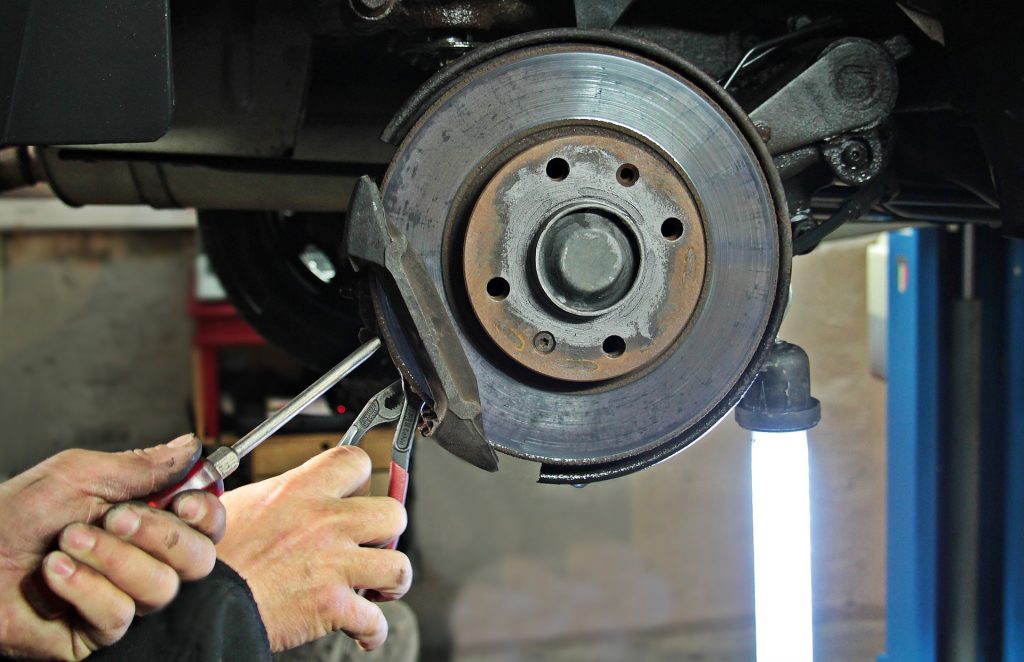As an integral part in the safety system of your car, brakes need to be protected and routinely checked to ensure they are fully operational. Because they are so essential, replacement costs can add up to quite a lot. But, with good driving practices and the right maintenance, you can postpone those replacements.

1. Drive Smart
- Avoid excess acceleration. When in a highly trafficked area, it’s better to just take it slow. You’ll not only avoid creating excess work for your brakes, but you’ll also save on fuel costs.
- Use the right brake method. When going down an incline, lower gears so you can travel at a safe and controllable speed. This will reduce the work your brakes have to do every time you need to slow down for a turn, and in the long run reduce wear on brake pads.
- Don’t be a follower. When cruising down the highway, look beyond the person just in front of you. Surveying the cars in front can help determine if you should reduce your speed in time for the upcoming traffic, or add fuel to the throttle if all roads are clear. This ultimately reduces the amount of pressure you put on your brakes.
2. Service the Brakes
- Brake fluid. Also known as hydraulic fluid, brake fluid helps move all the components in your car’s braking system. It tends to absorb water over time and this causes the fluid to dilute and stop functioning as efficiently, hampering your brake response time. To avoid issues, replace the brake fluid every 2 years, its a fairly straightforward procedure to carry out yourself.
- Check the rotors. The color of a rotor can say a lot about its condition. If it is still fairy silver you know the rotors are still in good condition. If they have a bluish tint, your brakes are too hot and you may require professional assistance. You can further inspect the rotor by checking for any rust build up or if grooves are forming.
- Brake pads. A lot can be determined about the condition of your brake system by focusing on the brake pads themselves. Signs include listening to any sounds it may be making or if you feel the brake pedal pulsating and vibrating. You could also measure the thickness of your brake pads to determine whether you should replace them.

